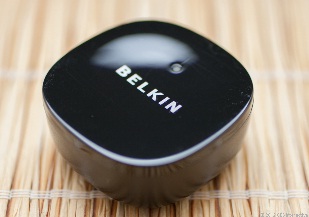In the beginning speech recognition seemed like one of all the numerous gimmicks flooding the market and by all accounts it was. However, somewhere along the way people decided they didn’t look ridiculous when talking to their phones and what didn’t have any real application suddenly became a function people actually use. Before that they would tell you that a phone has speech recognition to get you to buy it, even it didn’t really matter. Now that’s not the case. Using the voice recognition software on your smartphone has become so popular that caused Google to release Hummingbird – a rework of their algorithms in such a way that they would better recognize speech patterns. So we can say that voice recognition is becoming a pretty huge deal. Maybe that’s why Siri became one of the most interesting entities of the virtual nature people are having everyday “conversations” with. Naturally, Apple are big on speech recognition software so they’ve delved more deeply into the matter (even though the Moto X seems to take the idea way more seriously) and the iPhone delivers some of the best voice recognition experience. But how does it work?
Voice Recognition Principles :
For a long time people believed that there was an AI locked in their phones and that’s how the whole system worked. It was easy to see how this made sense – you talk to your phone and your phone replies to you. The process doesn’t seem to involve any third parties. You dictate text because you’re too lazy to type it, and the phone conforms to your verbal wishes. Seems pretty straightforward.
However, this is not exactly the case. For one, your phone lacks the processing power to properly decipher your “voice”. Your voice is actually a code of sounds with different wavelengths and it carries information. This information is easily decoded by humans because we’re finely tuned in to do it. However, this decrypting requires a lot of processing power, which is not a big deal for our brains (you have no idea how much data your processes every second) but it can be a hard task for your phone. Which is why when you use the voice recognition software, your phone codes the data and compresses it into a file which is then sent somewhere in cyberspace to be deciphered by much more powerful computation devices and then after running complex algorithms to figure out what you might be (most likely) talking about. You need to understand that since we’re using an algorithm, the process is statistics based and isn’t always accurate. One thing to keep in mind is that these algorithms are insanely complex and are evolving at a staggering rate.
Making Things Better:
But how can you make things better or otherwise boost the chances of your phone actually “understanding” what you’re saying? Well, for one thing, speak clearly. This way the software gathers much more accurate data and can work much better with what you’re giving it. Also, avoid external sounds. Trying to ask Siri for the best restaurants around you isn’t really a good idea when there is heavy traffic near you. I mean, you can still try, but you will be disappointed with the results. Places like night clubs and concerts are even worse. You can’t use this type of technology everywhere (or at least not yet). Also, keep the phone close to your mouth when you’re articulating your thoughts because as good as the microphone is, it can still miss out on different sounds and not produce the results you were hoping for. That should help you keep the mistakes to a minimum.



